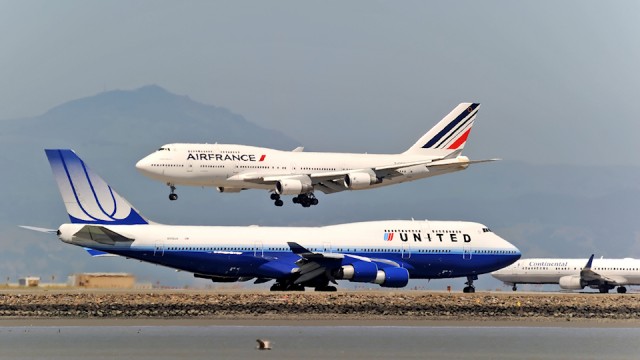Recently, I received an email from Blaine asking me a question about awarding international routes. It was a great question that I did not know the answer. I was talking to Dan Webb, who runs the site Things in the Sky on BoaringArea, and was happy to take on the answer. Here is his story:
Here is part of an email David recently passed along from a reader:
“’¦how is the DOT involved in the awarding of international routes? From what I gather, domestic routes at up to the discretion of an airline (if it makes business sense, they fly it) but it appears that a myriad of airports and airlines compete for international routes. Often, these are not even to the same city pairs – just takeoff and landing slots within the US?”
Unfortunately, there’s no simple answer to this question because it varies by country. In fact, the State Department has a handy page that lists every aviation agreement between the United States and other countries.
As Blaine mentioned, domestic routes are completely in control of the airlines. (The only time one might see the DOT assigning a route is through the Essential Air Service program, but airlines bid for those contracts.)
In some cases, open skies agreements allow for similar flexibility. The most notable example is the agreement between the US and the European Union, which gives carriers the freedom to fly from any point in the US to any point in the EU, and vice-versa. (One example is the short-lived Air France service from Los Angeles to Heathrow.)
Other times, agreements between the US and other parties can be a bit more restrictive. Mexico is a good example. In most markets, up to two carriers from each country are allowed to provide service, though three carriers are allowed in a few. But while the agreement does put a cap on the number of carriers, airlines still decide if they want to serve a market or not (but they do need government approval to launch service).
Another example is the current agreement between the US and China. In one recent example, new frequencies between the US and China became available, and a bunch of airlines competed for the slots. The DOT then decided what carriers would end up receiving the frequencies.
If issues like this interest anyone, the process of applying for new routes is quite transparent, with relevant filings available at Regulations.gov. I often go that website to look up all DOT filings and then sort them by date to see what’s been happening recently.
Image: iflyfsx
Comments are closed here.

What is DOT ?
That would be Department of Transportation.
David